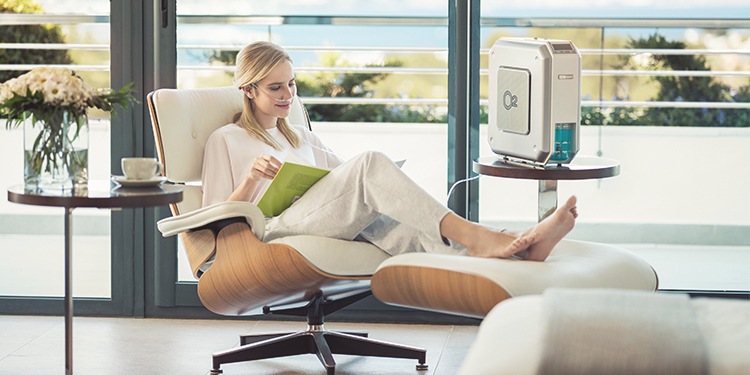Subscribe to our newsletter
Receive news and benefits on health and wellness.

SHA Magazine Health & Beauty
Respiratory distress syndrome, lung damage and other post-COVID symptoms
Respiratory distress is perhaps the most obvious and studied after-effect of COVID-19. It is also one of the most critical because of its impact on quality of life. This is why it is essential to understand how to manage lung and respiratory problems in order to find the right treatments.
New studies suggest that lung issues persist months after recovery from coronavirus, even in those with mild to moderate infection.
In fact, three months after leaving hospital, around 70% of people who overcome the virus still have abnormal lung balance and symptoms of respiratory distress after their organs are revealed to be still damaged and recovering.
In addition to these breathing problems, it is particularly significant that these issues are not the only after-effect of surviving COVID. Most commonly, the patient not only suffers from lung damage, but also gastrointestinal problems, headaches, nervous system disorders and fatigue.
Factors that determine how well lung disease progresses
Several factors determine the likelihood that a person will recover earlier and better from their lung disease. One of the most obvious factors would be the severity of the condition itself, as milder cases are much less likely to cause lasting scarring of lung tissue.
An evaluation of the patient’s state of health is essential to check whether there are problems such as chronic obstructive pulmonary disease (COPD) or heart disease, which can increase the risk of severe disease.
Treatment would be the third factor to consider, as the recovery of the patient’s lung health in the medium to long term will depend on the type and speed of care they receive. Immediate expert support can minimise lung damage.
Respiratory care at SHA Wellness Clinic
Dr. Vicente Mera, head of the Internal Medicine unit at SHA Wellness Clinic, explains the value of two cutting-edge therapies to treat lung conditions in someone who has had COVID-19.
“The first is pulmonary detox nebulisation. It involves administering substances (such as acetylcysteine) that have a dual purpose. On the one hand, they help to dissolve and reduce the viscosity of the thickest mucus, wherever it is lodged along the respiratory tract; and on the other hand, they help to increase hepatic production of glutathione with proven antioxidant and immunomodulatory capacity”, says the expert.
The administration method can be intravenous or nebulised with an individual and non-transferable device, in the safety of your own suite, to ensure compliance with all anti-COVID protocols.
Another therapy is acupuncture and moxibustion. “Acupuncture is effective for the relief and prevention of bronchospasm. And moxibustion increases the effectiveness of acupuncture”, says the SHA Wellness Clinic specialist.
Acupuncture treatment is effective in relieving coughs, asthma and wheezing. It is also indicated for its benefits on the throat and voice, especially through relaxation of the smooth muscles of the bronchi and inhibition of the hypersecretion of mucus in the airways.
Receive news and benefits on health and wellness.
